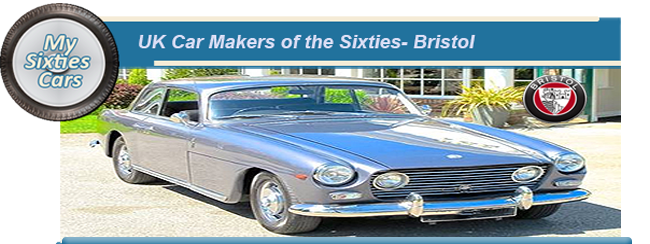
The parent company's decision to form an auto manufacturing company came to the realisation that, although their products were particularly in demand during the war years, now that the war was over the need for producing combat aircraft was less of a priority, meaning a need to diversify.
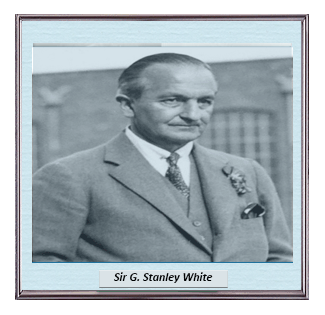 Pressure from the UK government to maintain the same workforce levels during the post-war years also played an essential part in Bristol’s decision.
Pressure from the UK government to maintain the same workforce levels during the post-war years also played an essential part in Bristol’s decision.
With tens of thousands of soldiers returning home from the front, the last thing the British Government wanted to do was add several thousand more to the unemployment lines.
This situation meant finding immediate employment for the Bristol workforce, with the company taking on subcontracting work for Armstrong Siddeley, building car bodies for them as well as producing bus bodies for their associate company, Bristol Buses.
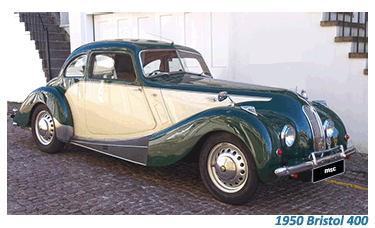 Not wishing to be entirely dependent on outsourcing, a Bristol Car brand was formed.
Not wishing to be entirely dependent on outsourcing, a Bristol Car brand was formed.
The new division took their first tentative steps into auto production, with the launch of the Bristol Monocar, which failed to create any real interest, becoming little more than a novelty item.
In 1939, with the UK once again finding itself at war, Bristol's legendary managing director, Sir G.Stanley White, was determined not to allow the company to be caught in the same position again when peace would return.
Sir G. Stanley, son of the founder, learned his lesson from the considerable setback in business that the company had suffered in the years between the wars.
 Despite Bristol moving once again into emergency war mode, the company management set aside a little time to prepare a master plan that would be put into action as soon as the UK emerged from the war.
Despite Bristol moving once again into emergency war mode, the company management set aside a little time to prepare a master plan that would be put into action as soon as the UK emerged from the war.
The plan was to ensure employment for the close to 70,000 staff employed by Bristol when peace would return.
One of the principal components of White's post war master plan was the formation of a viable car production business.
To set the wheels in motion, Bristol entered into a working association with AFN Ltd, U.S.-based manufacturers of Frazer Nash cars.
![]()
The company also had gained a strong understanding of the demands of the UK auto market in the role importers of BMWs, which, understandably, had come to an end as war broke out.
After much discussion, the companies include to make a staged entry into the UK car market, producing quality saloon and sports cars.
AFN, through their connections with BMW, had acquired the UK manufacturing rights for all of BMW’S pre-war car bodies and engines as a part of the war reparation program.
 To help get the new venture underway, George White, son of Sir G. Stanley and Reginald Verdon-Smith, a key executive of the Bristol Aeroplane Company both joined the new Frazer Nash Board.
To help get the new venture underway, George White, son of Sir G. Stanley and Reginald Verdon-Smith, a key executive of the Bristol Aeroplane Company both joined the new Frazer Nash Board.
Having all that information and knowledge at their fingertips meant that the Bristol car company got off to a flying start, and by early 1946 were already testing their first model, the 2-litre engined Bristol 400 Saloon.
The 400 Saloon was not only ahead of its time as far as design, but also set new standards for performance, economy and comfort.
These combined factors allowed the company and the car to create a formidable reputation in international motoring events as well as a respectable slice of the quality car market.
Although the Bristol 400 proved to be a success, the few members of the UK public who had the financial wherewithal to buy the car had to work hard to get their hands on the driving wheel, due to the fact that Bristol were compelled to send 50% of their production for export in order to qualify for vital raw material resources.
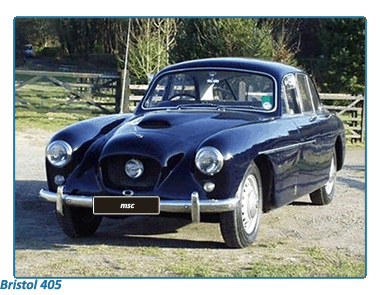 In January 1947, soon after the first cars had been produced, several fundamental differences in policy began to emerge between Frazer Nash and Bristol.
In January 1947, soon after the first cars had been produced, several fundamental differences in policy began to emerge between Frazer Nash and Bristol.
Differences that became so serious that they could not be resolved, meaning a parting of the ways and ultimately the Bristol Car Division becoming an independent entity.
During the Fifties, the strong reputation that the Bristol Car Company had already earned in the luxury coupe sector continued to grow and stabilise with the successful launch of six models during the decade, ranging in ascending order from the 601 to the 606.
A number of major organisational changes took place in the Bristol holding company, the first coming in 1956 when the Car Division eventually became a wholly-owned subsidiary of the parent company.
![]()
As the Fifties were drawing to a close, the family of the now sadly departed Sir G. Stanley White along with a few other interested individuals formed a consortium to take the car production division back into private family hands.
This decision came after the Bristol Aeroplane Company amalgamated with a number of other British aircraft companies to create the British Aircraft Corporation (BAC).
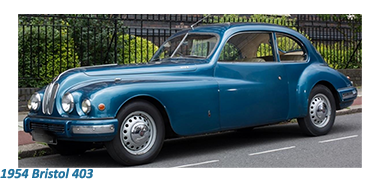 This was tantamount to the White family saving the car manufacturing division from almost certain closure, as Bristol Cars hadn’t exactly turned in the kind of profits hoped for since the company’s formation.
This was tantamount to the White family saving the car manufacturing division from almost certain closure, as Bristol Cars hadn’t exactly turned in the kind of profits hoped for since the company’s formation.
Bristol had set themselves up nicely for the coming decade having undergone major management restructure.
The necessity to remain competitive and keep the pre-tax price of the soon to be released V8-powered 407 below £2,000 coupled with the high cost of re-tooling for monocoque construction found the company at a significant crossroads.
The closure of Bristol Cars' looking like a real possibility if a fresh injection of capital could be found for the company.
George White certainly did not want car production to wind down and to prevent his pet project found himself involved in lengthy negotiations with his cousin Sir Reginald Verdon-Smith. Chairman of the Bristol Siddeley board.
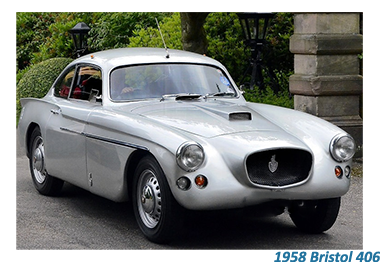 The focal point of their various meetings was White's desire to take Bristol Cars private, with the White family being the controlling shareholders.
The focal point of their various meetings was White's desire to take Bristol Cars private, with the White family being the controlling shareholders.
Although Verdon-Smith stated his interest in acquiring Bristol Motors and was prepared to invest his own funds to make sure it happened, he was soon enthusiastically joined in the venture by businessman Tony Crook, at that time the company's leading distributor in the UK.
Agreement was reached to sell Bristol Cars to George White for £145,000, including the repayment of loans to Bristol Siddeley.
The contract was signed on 9 September 1960. According to the terms of the agreement, George White retained 60 per cent of the new company's shares with Tony Crook taking up the remaining 40 per cent stake.
Besides being a distributor for Bristol Cars, Crook also held a franchise for the French manufacturer Simca, which was owned by Chrysler.
That arrangement led the way to a very cosy relationship between Chrysler and Bristol with the US auto giant collaborating in the development and supply of Bristol engines and transmissions throughout the Sixties.






